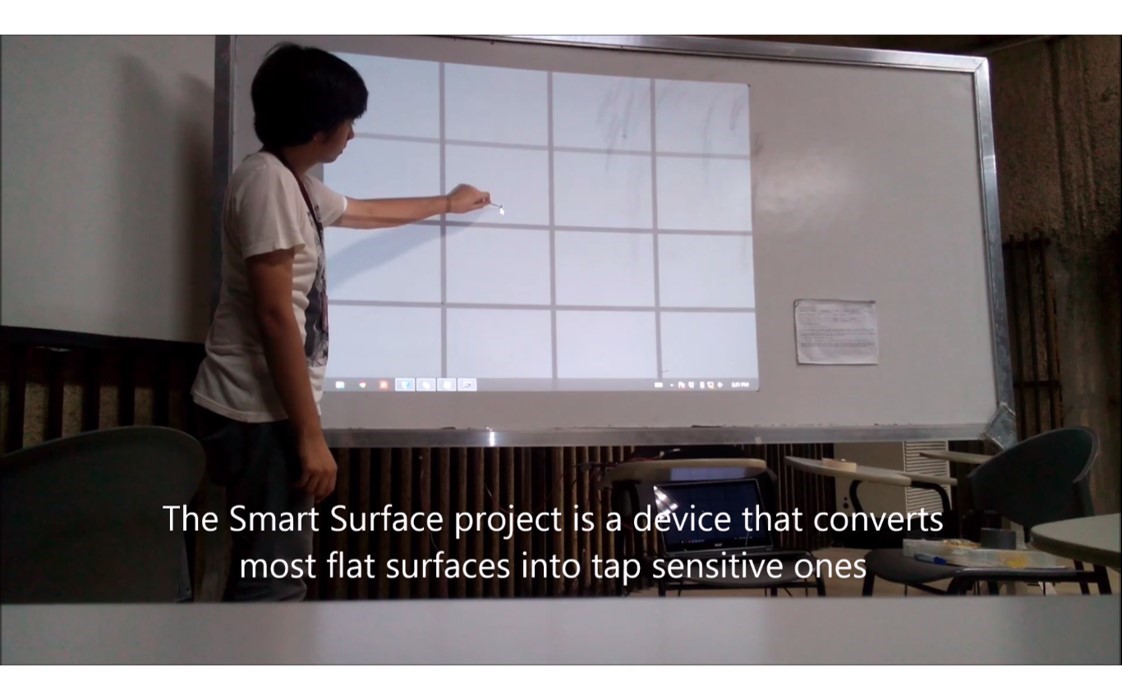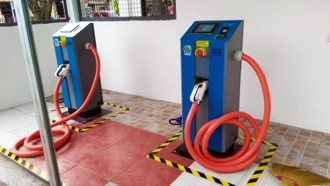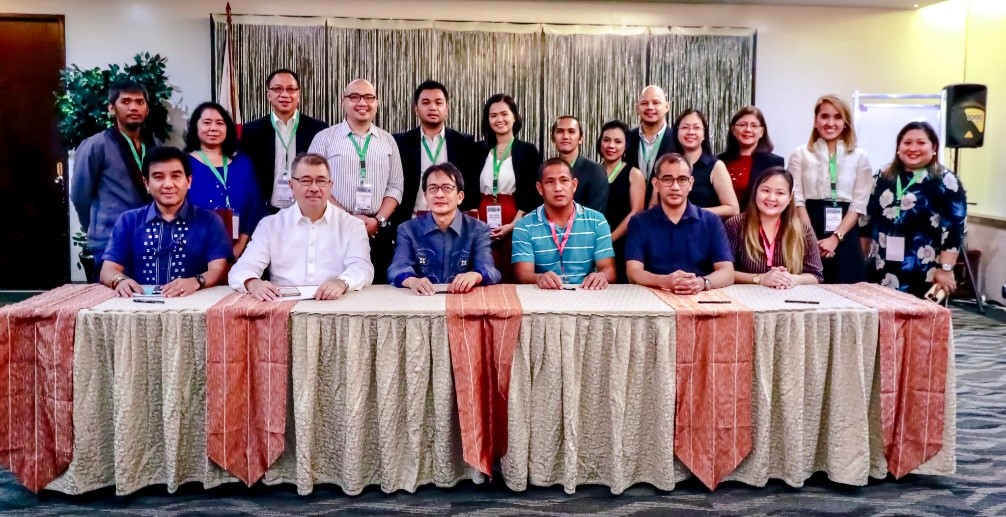A portable interactive screen developed by researchers from the University of the Philippines Diliman will soon hit the Philippine market as a spinoff company enters its final phase for technological commercialization. Dubbed Smart Surface Technology and developed by Dr. Nestor Tiglao and his team from the University of the Philippines Diliman Electrical and Electronics Engineering Institute (UP-EEEI) has created a spinoff company named Adapsense Inc. which will now take on the commercialization of the technology. This is a locally-made system converts virtually any flat surface into an interactive interface, for applications in education, food service, advertising, and consumer electronics. Smart Surface offers unique features such as multi touch and wireless connectivity that can compete with the already existing products in the market. The system is portable, easy to install, and affordable, with speedy after-sales support in cases of replacement, repair services, or technical help. Its content can be customized according to the client’s preference.
Through the FASTRAC program or Funding Assistance for Spin-Off and Translation of Research for Advancing Commercialization Program of the Department of Science and Technology Philippine Council for Industry, Energy and Emerging Technology Research and Development (DOST-PCIEERD), the team is establishing a spin-off company to improve their system and offer an end-to-end solution to clients. The funding covers the improvement of the prototype, tests the prototype, secure product certification, and market the technology to potential clients. The output includes a technology licensing agreement and SEC (Securities and Exchange Commission) registration for the spinoff company. Prior to the FASTRAC funding, the technology was funded by the Technology Innovation for Commercialization (TECHNICOM) Program of DOST which covered the development of an industrial grade prototype, conduct of the pilot testing and market validation of the technology.
With the increase in the number of events and marketing activities in the country like trade shows, bridal fairs, baby fairs, book fairs, car shows and other types of expositions, the Smart Surface technology of Adapsense Inc., will address the challenges in providing meaningful data to those activities/events. Currently, event organizers find it difficult and costly to bring different kinds of exhibit materials like tarpaulins, posters, television, LCD screens in the venue. Data gathering and analytics on exposition effectiveness and results which can be useful to evaluate consumer and market impact are also not available. The features of the Smart Surface technology, such as portability, data analytics, robust and customizable content, are designed to bridge those gaps.
Currently, the team is already processing the requirements for the SEC registration for Adapsense Inc. and has completed the design of the Smart Surface V2. A software application is in the works which can be partnered with the Smart Surface system, enabling users to design interactive content such as quizzes and customer survey. They have also met with and demonstrated the technology to potential clients. The team also won a gold medal award with jury distinction during the 46th International Exhibition of Inventions Geneva (Geneva Inventions) on April 11-15, 2018.








